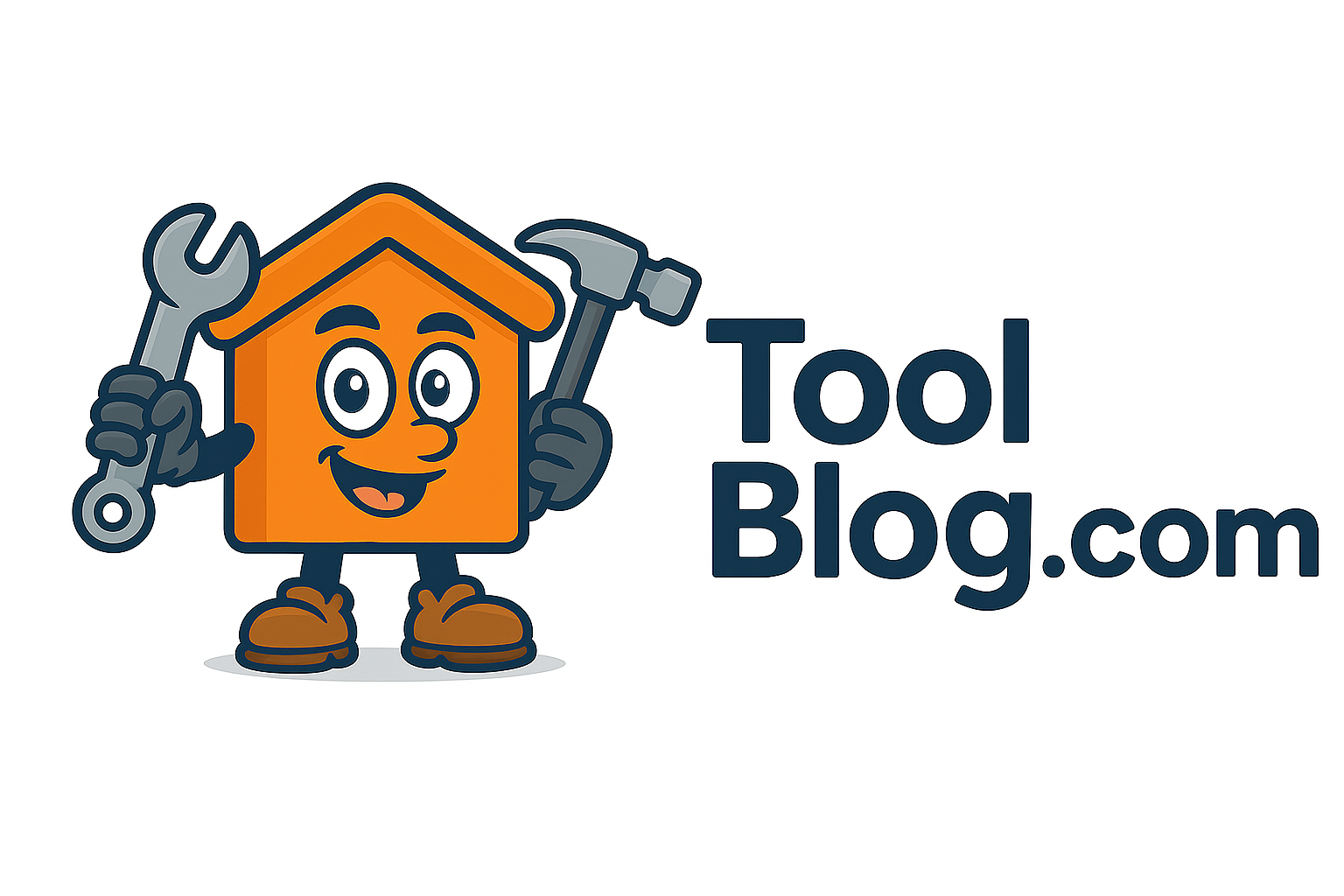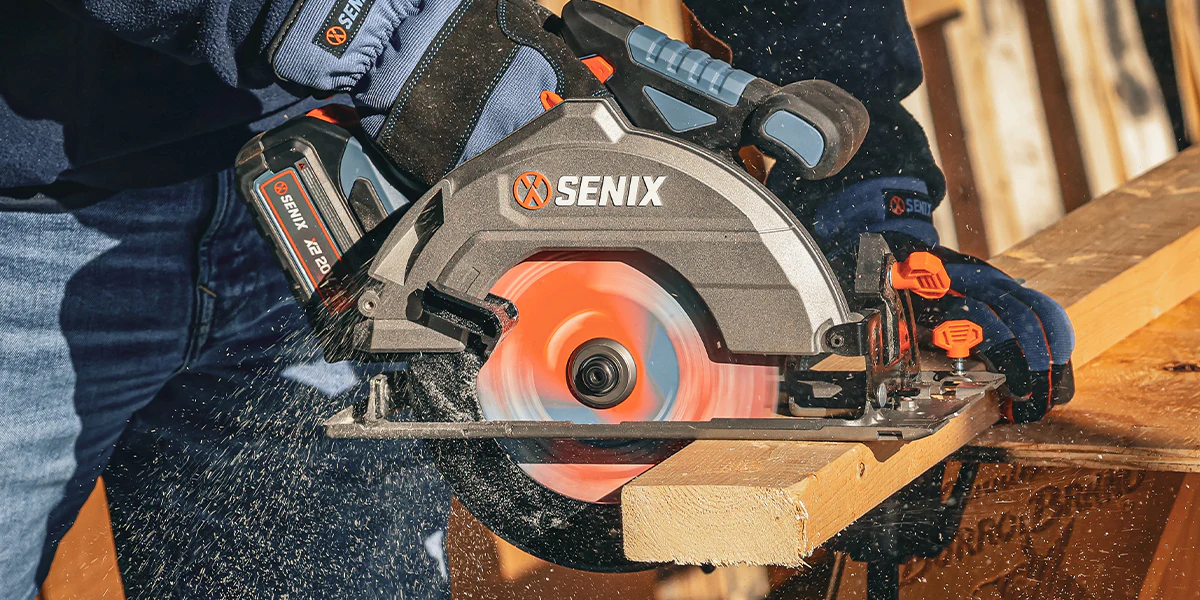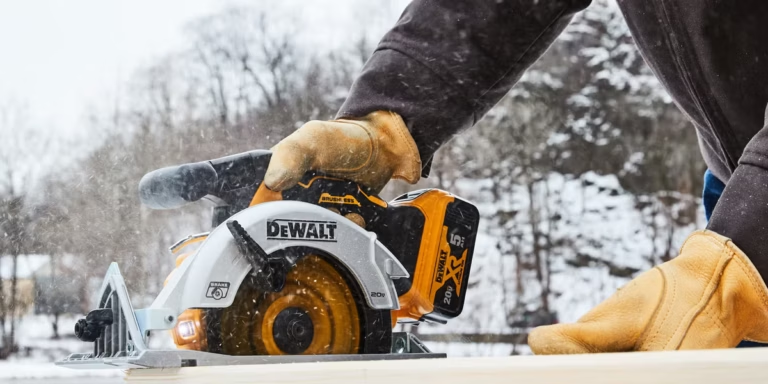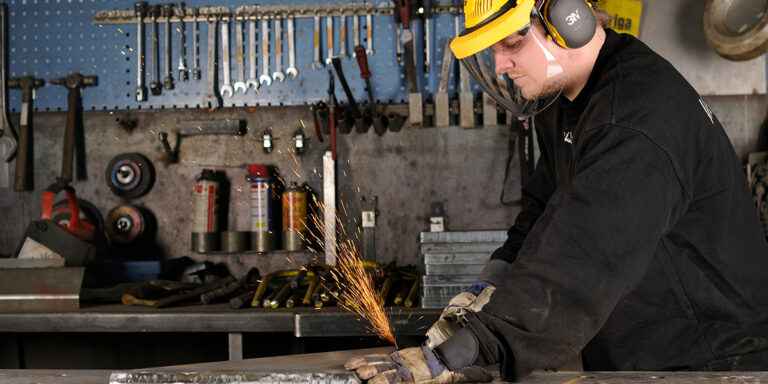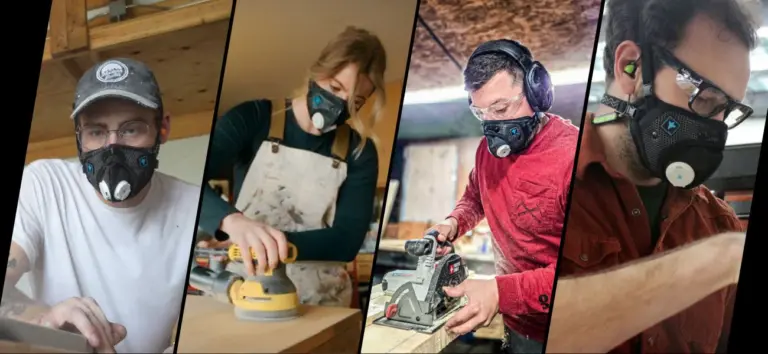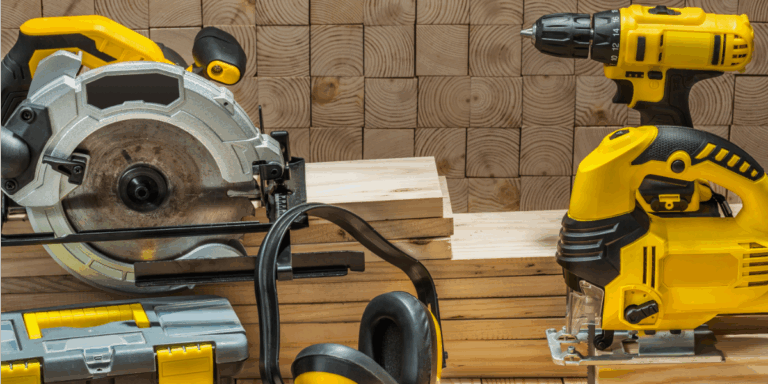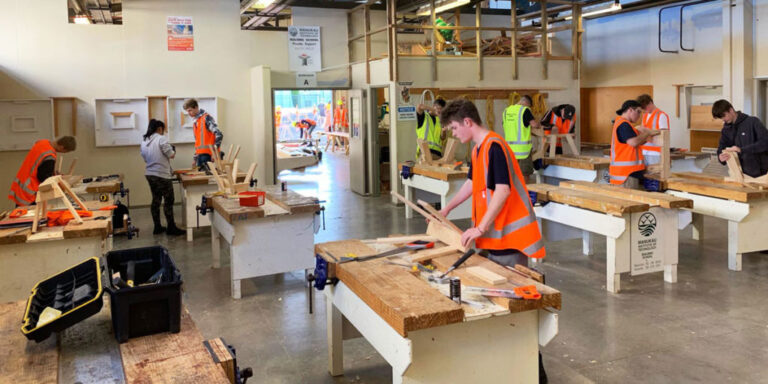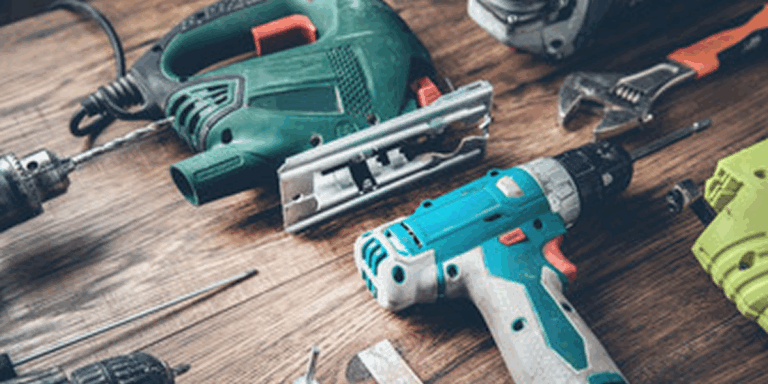OSHA Basics Every DIYer Should Know
Tackling projects on my own has always been about independence and creativity. Whether I’m renovating a room, building custom furniture, or rewiring an outlet, I love the challenge and satisfaction that comes with doing it myself. But with that freedom comes responsibility—especially when it comes to safety. That’s where the OSHA Basics Every DIYer Should Know come into play.
While OSHA—the Occupational Safety and Health Administration—was created primarily to protect workers on job sites, its rules and guidelines can be incredibly useful to anyone working with tools or construction materials. In my experience, applying these principles has helped me avoid injuries, stay organized, and build a workspace that’s as safe as it is functional.
What OSHA Is and Why It Matters to DIYers
OSHA exists to make workplaces safer, particularly those involving machinery, power tools, scaffolding, chemicals, or electrical work. Most people assume it only applies to commercial jobs or large-scale construction sites, but the truth is, a lot of what OSHA outlines translates directly to the home workshop or garage.
By taking OSHA guidelines seriously, I’ve been able to identify hazards before they become accidents. The principles are rooted in common sense—things like proper ventilation, safe ladder use, and electrical safety—but putting them into practice has had a huge impact on my DIY work. The OSHA Basics Every DIYer Should Know aren’t about bureaucracy—they’re about protecting ourselves and those around us.
Tool Safety Starts With Condition and Maintenance
Keeping tools in good working condition is one of the first lessons I took from OSHA standards. Dull blades, frayed cords, missing guards, or jammed switches can all turn a helpful tool into a dangerous one. That’s why I inspect every tool before each use.
It doesn’t take much time, but it can prevent disaster. I check cords for cracks, look for missing screws or loose parts, and test moving components before turning anything on. Tools that aren’t functioning properly go straight to the repair pile—no exceptions. This is one of the most important OSHA Basics Every DIYer Should Know: inspect, maintain, and respect your tools.
Personal Protective Equipment (PPE)
One of the most frequently cited OSHA standards involves PPE, or personal protective equipment. For me, this includes safety glasses, gloves, ear protection, dust masks, steel-toe boots, and even respirators depending on the project. I used to think some of this gear was overkill—until I had a close call with a nail gun and realized how quickly things can go sideways.
Now I gear up before every job, no matter how small. A ten-minute sanding task can send particles flying into your eyes, and one loud cut from a circular saw can start hearing damage. I keep a well-stocked PPE station in my garage so I’m never tempted to skip it. Adopting this habit is one of the OSHA Basics Every DIYer Should Know and follow every time they pick up a tool.
Ladders and Fall Protection
Falls account for a huge portion of injuries in construction and DIY projects alike. Climbing ladders to paint, clean gutters, or drill into high places may seem routine, but improper ladder use can lead to broken bones—or worse.
I always check that the ladder is placed on level ground, that it’s locked into position, and that I’m not reaching too far in any direction. For anything above eight feet, I use a harness when possible, or at least have someone spot me. OSHA has very specific ladder safety guidelines, and I’ve found that following them has made me much more confident working at height.
Safe Storage and Housekeeping
One thing that surprised me when I first read through OSHA guidelines was how much emphasis they place on clean workspaces. Cords stretched across walkways, tools left on floors, and piles of scrap wood are all tripping hazards or fire risks. Keeping a tidy work area isn’t just about aesthetics—it’s about reducing danger.
Now I organize my tools after each project and sweep up sawdust and debris regularly. I use tool racks, hooks, and drawers to store everything safely and keep my workshop floor clear. Good housekeeping is one of the simplest but most impactful OSHA Basics Every DIYer Should Know and practice every day.
Electrical Safety for DIY Projects
Wiring up a new light fixture or adding outlets can be tempting for any DIYer looking to avoid an expensive electrician bill. But OSHA guidelines make it clear: electricity is no joke. That’s why I take extra care to shut off power at the breaker, test wires with a multimeter, and use tools rated for electrical work.
One of the biggest mistakes I see other DIYers make is using indoor-rated extension cords outdoors, or plugging high-voltage tools into overloaded outlets. This creates a real fire and shock hazard. Following OSHA’s recommendations on proper wiring practices and grounding has helped me avoid these mistakes.
Ventilation and Air Quality
Paint fumes, wood dust, and chemical cleaners can seriously affect air quality in a closed space. OSHA has detailed guidelines for ventilation in enclosed work areas, and applying those tips has improved both my health and energy levels during long projects.
I’ve installed a vent fan, keep windows open when using solvents, and use air purifiers when working with fine dust or fumes. For heavier chemical use, I wear a certified respirator to filter out toxins. This is another one of those OSHA Basics Every DIYer Should Know that can protect your lungs and make working more enjoyable.
Labeling and Storing Chemicals
Another area where OSHA offers helpful advice is in the storage of hazardous materials. Paints, adhesives, cleaning agents, and solvents can become extremely dangerous if stored incorrectly or near heat sources. I keep mine in a separate, well-ventilated cabinet with clear labels on each container.
Safety Data Sheets (SDS) are part of OSHA’s chemical safety protocol, and while they’re usually used in commercial settings, I keep copies of the ones for my most-used chemicals. These sheets give information on first aid, flammability, and safe handling. Knowing how to store and label chemicals correctly is one of the essential OSHA Basics Every DIYer Should Know.
Fire Prevention Measures
With all the flammable materials in a typical workshop, fire prevention is something I take seriously. OSHA suggests keeping fire extinguishers within easy reach, never overloading circuits, and storing flammable materials in fire-safe containers. I’ve also installed smoke detectors and heat alarms in my garage, just to be safe.
I avoid using power tools around open flames or near solvents. It only takes one spark to ignite fumes and create a disaster. I also keep a fire blanket nearby, especially when working with heat tools or anything that might generate sparks.
Safe Lifting Techniques
DIY often involves moving heavy lumber, tools, or bags of concrete. Back injuries are common and often preventable with proper lifting. OSHA’s advice? Keep your back straight, lift with your legs, and avoid twisting while carrying weight.
Whenever I have to move something heavy, I ask for help or use a dolly. I also plan the route beforehand—making sure there are no obstacles and that I know where I’m going. Lifting the wrong way once can lead to months of recovery. Knowing the safe way to lift is definitely one of the OSHA Basics Every DIYer Should Know.
Noise Control and Hearing Conservation
The workshop can be incredibly loud. Between circular saws, air compressors, nail guns, and grinders, prolonged exposure to noise is a hidden danger. OSHA sets limits on how much noise workers can be exposed to, and while I’m not on a job site, I still take their standards seriously.
Wearing hearing protection is a non-negotiable for me now. Whether it’s foam plugs or over-ear protectors, I keep several types on hand. Over time, I’ve noticed my ears are less fatigued after a long project day, and I’m preserving my hearing for the future.
Emergency Preparedness
I never used to think about what I’d do in case of an emergency in the workshop, but after reading OSHA’s recommendations, I realized how unprepared I was. Now I keep a fully stocked first aid kit, fire extinguisher, flashlight, and emergency contact numbers posted on the wall.
I’ve also taught family members how to shut off power and what to do if something goes wrong while I’m working. Planning ahead may not seem exciting, but when every second counts, those steps can save a life. Being prepared is one of the most critical OSHA Basics Every DIYer Should Know.
Using Proper Signage and Warnings
Even in a home workshop, signage has its place. I use labels, color-coded tape, and hazard markers on shelves and outlets to keep everything clear and organized. OSHA emphasizes proper signage in work environments for good reason—people need to know where danger might exist.
For example, I label high-voltage areas, post safety instructions near complex tools, and mark flammable material zones. It keeps me alert and helps guests or family members stay safe when they enter the space.
Lighting and Visibility
Poor lighting leads to mistakes and injuries. OSHA recommends adequate task lighting for all workspaces, and I follow that rule to the letter. I use a combination of overhead LEDs, portable work lights, and task lamps to make sure I can always see what I’m doing.
Bright, shadow-free lighting not only improves accuracy but helps prevent accidents caused by misjudged distances or missed steps. I also light up walkways, corners, and tool areas so that even in a late-night session, visibility is never a problem.
Final Thoughts
Doing it yourself means doing it safely. Applying OSHA’s standards to my DIY workspace has made me more mindful, more organized, and more confident. I’ve come to realize that safety isn’t just about avoiding harm—it’s about creating a space where I can work freely and focus fully without distractions or dangers lurking in the background.
The OSHA Basics Every DIYer Should Know are simple, actionable, and incredibly effective. From tool maintenance and PPE to fire prevention and emergency planning, every aspect of OSHA’s framework is designed to make work safer. And in the world of DIY, where I’m the one in charge of everything, that knowledge is priceless.
Taking safety seriously has allowed me to enjoy DIY on a whole new level. I work smarter, longer, and with fewer interruptions. Whether you’re just starting out or you’ve been building for years, integrating these OSHA Basics Every DIYer Should Know will help you protect your health, your tools, and your passion.
